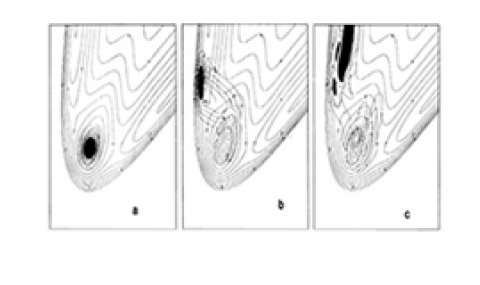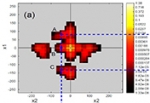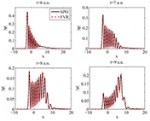Design of Femtosecond Pulse Sequences
There has been spectacular progress in laser technology in recent years, so that it is now possible to make laser pulses which are much shorter than the characteristic time scale for chemical bond for mation and breaking. These pulses can be shaped in time and frequency with great precision, and sequences of such pulses can be orchestrated.







